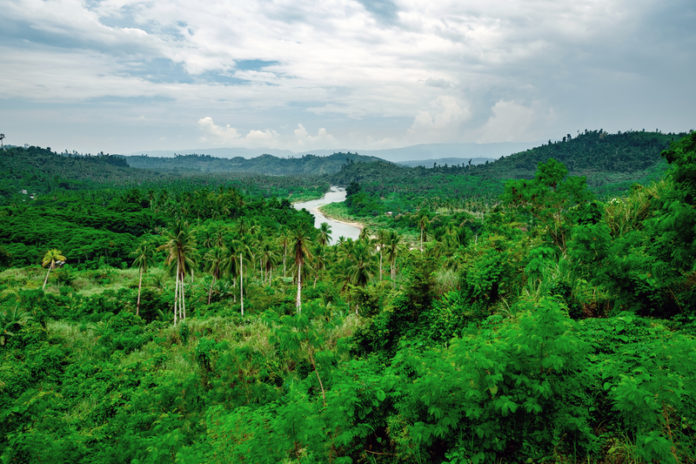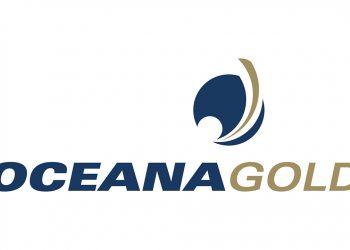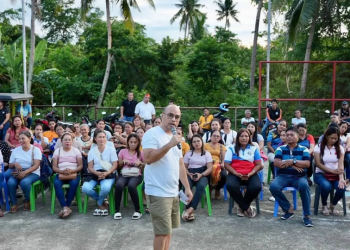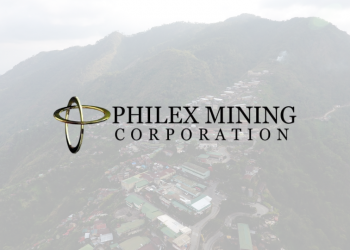Formerly known as Compostela Valley, Davao de Oro, the country’s newest named province, is set to implement its clear-cut policies that would serve as the foundation of the province’s disaster risk reduction management and preparedness plan.
According to a BusinessMirror report, the Provincial Disaster Risk Reduction and Management Council (PDRRMC) allotted P13 M for the issuance of Resolution 2 which sought to relocate families from high-risk areas such as Bankerohan Sur of Montevista; Pasian, Rizal, Upper Ulip, and Baylo of Monkayo; San Antonio of Mabini; and Mipangi of Nabunturan.
To lessen the susceptibility of communities to disasters, the province has also allotted P37 M, from 2018 up to the present, to fund 19 disaster-mitigation infrastructure projects. These include the slope protection project from San Jose to Awao, Monkayo Provincial Road, and rehabilitation and improvement project of tributary canal in Purok 20, Poblacion, Nabunturan.
Moreover, the province has now 2,100 trained disaster responders.
The local administration, under the governance of Gov. Jayvee Tyron L. Uy, pegged the provincial development direction to the management of solid waste, the protection of water systems, greening and reforestation, promotion of green and responsible mining, and effective disaster management.
“Davao de Oro, from whose name itself was derived from its gold reserves, allotted a total of P5 M for the 2019 to 2020 Green Mining Research and Development Project for a much more environment-friendly mining. The promotion of responsible small-scale mining were acknowledged by the National Movement of Small-Scale Miners during the First National Assembly of Small-Scale Miners in Davao de Oro,” it was stated in the report.
Additionally, the province has also banned single-use plastics; and while the provincial capitol compound banned it, the municipalities of Monkayo, Maco, Maragusan, and Montevista were commended for implementing their own policies to regulate.
The province has also crafted a master plan to rehabilitate and revive the mercury-contaminated Naboc River, three years after the Department of Environment and Natural Resources ordered the transfer of gold-processing activities to a designated site in Diwalwal, Monkayo to avoid further using the tributaries of the river as its dump site for used mercury.














